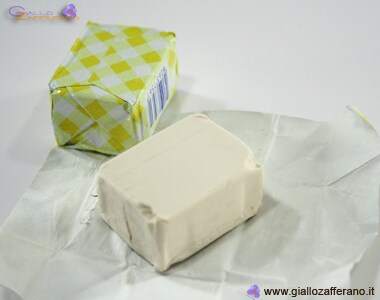Hi,
3 months ago I made an IPA with London Ale 1318 and came out perfect (worked from 1062 to 1014). I recycled the yeast and a month ago used it for a stout. The stout was ment to prepare a yeast cake for an imperial porter.
The stout was in my cellar at 18°C (65°C) but the temperature dropped unexpectedly to 16°C (62°F). I found the beer at 1021, so I brougth in my house for two weeks at 20°C (68°F) but nothing happened. The beer tastes young but fine.
My thougths are that the yeast should have restarted working (or even not stopped working). The fact that it's not, could tell that my recycling process was not good (even if I made it without problems many times).
Now I need a suggestion for my incoming imperial porter (predicted OG 1093):
1) should I try the yeast cake anyway;
2) should I make a big starter with a pack of 1056 american ale that I have left in the fridge;
3) or should I throw away the recycled 1318, temporarily put apart the imperial porter idea and use the 1056 yeast for a different recipe?
Thanks in advance,
cheers
Piteko
3 months ago I made an IPA with London Ale 1318 and came out perfect (worked from 1062 to 1014). I recycled the yeast and a month ago used it for a stout. The stout was ment to prepare a yeast cake for an imperial porter.
The stout was in my cellar at 18°C (65°C) but the temperature dropped unexpectedly to 16°C (62°F). I found the beer at 1021, so I brougth in my house for two weeks at 20°C (68°F) but nothing happened. The beer tastes young but fine.
My thougths are that the yeast should have restarted working (or even not stopped working). The fact that it's not, could tell that my recycling process was not good (even if I made it without problems many times).
Now I need a suggestion for my incoming imperial porter (predicted OG 1093):
1) should I try the yeast cake anyway;
2) should I make a big starter with a pack of 1056 american ale that I have left in the fridge;
3) or should I throw away the recycled 1318, temporarily put apart the imperial porter idea and use the 1056 yeast for a different recipe?
Thanks in advance,
cheers

Piteko



